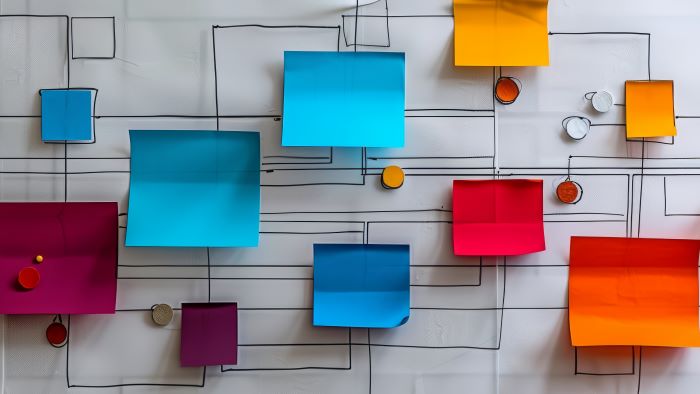The Path to Productivity: Enhancing Blood Bank Workflow

The design of the physical workspace in a blood bank is often overlooked, yet it plays a critical role in overall efficiency. Poorly arranged workstations or equipment can cause congestion, increase stress for staff, and lead to longer turnaround times. However, by evaluating and rearranging the layout, blood banks can optimize workflow and enhance overall efficiency.
Benefits of an Optimized Workspace
Assessing the physical layout with a focus on workflow can significantly boost performance in a blood bank. Key benefits include:
- Improved Traffic Flow: Reducing unnecessary movement helps staff access equipment and materials more quickly. Streamlined traffic patterns minimize wait times and foster better collaboration among staff.
- Increased Staff Comfort and Productivity: An ergonomic, well-organized workspace reduces staff fatigue and enhances focus. When employees are more comfortable, they can perform their tasks more efficiently, with fewer distractions or errors.
- Faster Turnaround Times: By strategically positioning equipment and workstations, blood banks can speed up critical processes, resulting in quicker availability of blood products.
- Enhanced Scalability: A thoughtfully designed layout allows the lab to more easily integrate new technologies and accommodate larger volumes of work as the need arises.
Steps to Evaluate Your Workspace
Optimizing your workspace requires a systematic evaluation of the workflow. Here are two key steps to follow:
- Measure Specimen Intake and Processing Time: Start by measuring the number of specimens received in specific time intervals, such as 15 minutes, during different parts of the day—morning, afternoon, and evening. Then, track how long a sample sits at each step of the process throughout the day. This will help identify bottlenecks and peak demand periods.
- Create a Spaghetti Diagram: Obtain a floor plan of your blood bank, which can often be found in emergency exit plans. Mark the location of instruments and workstations on the plan. Then, trace the paths of employees and materials as they move through the lab, drawing continuous lines to track their movements. Use different colors to represent different employees or processes.
Once you’ve identified areas where samples are stacking up or waiting, consider rearranging workstations and equipment to create a more efficient workflow. Afterward, create a new diagram that illustrates the ideal layout, reducing unnecessary walking and decreasing the time it takes for a specimen to move through the entire process.
Conclusion
Incorporating a well-organized physical layout in blood banks can greatly enhance workflow efficiency. By identifying bottlenecks, minimizing unnecessary movement, and improving ergonomics, blood banks can significantly boost productivity, reduce turnaround times, and create a more scalable, comfortable work environment for staff.